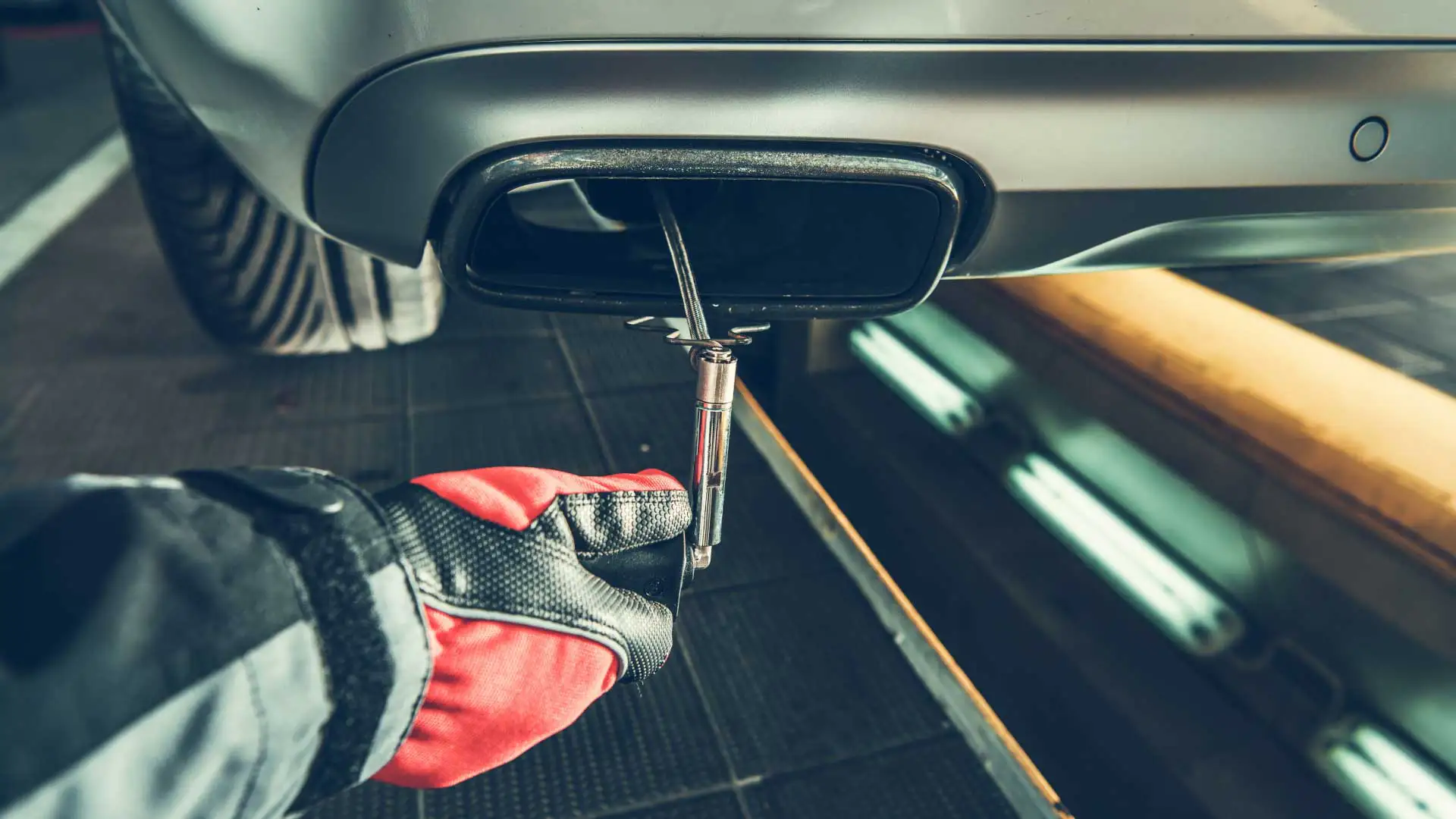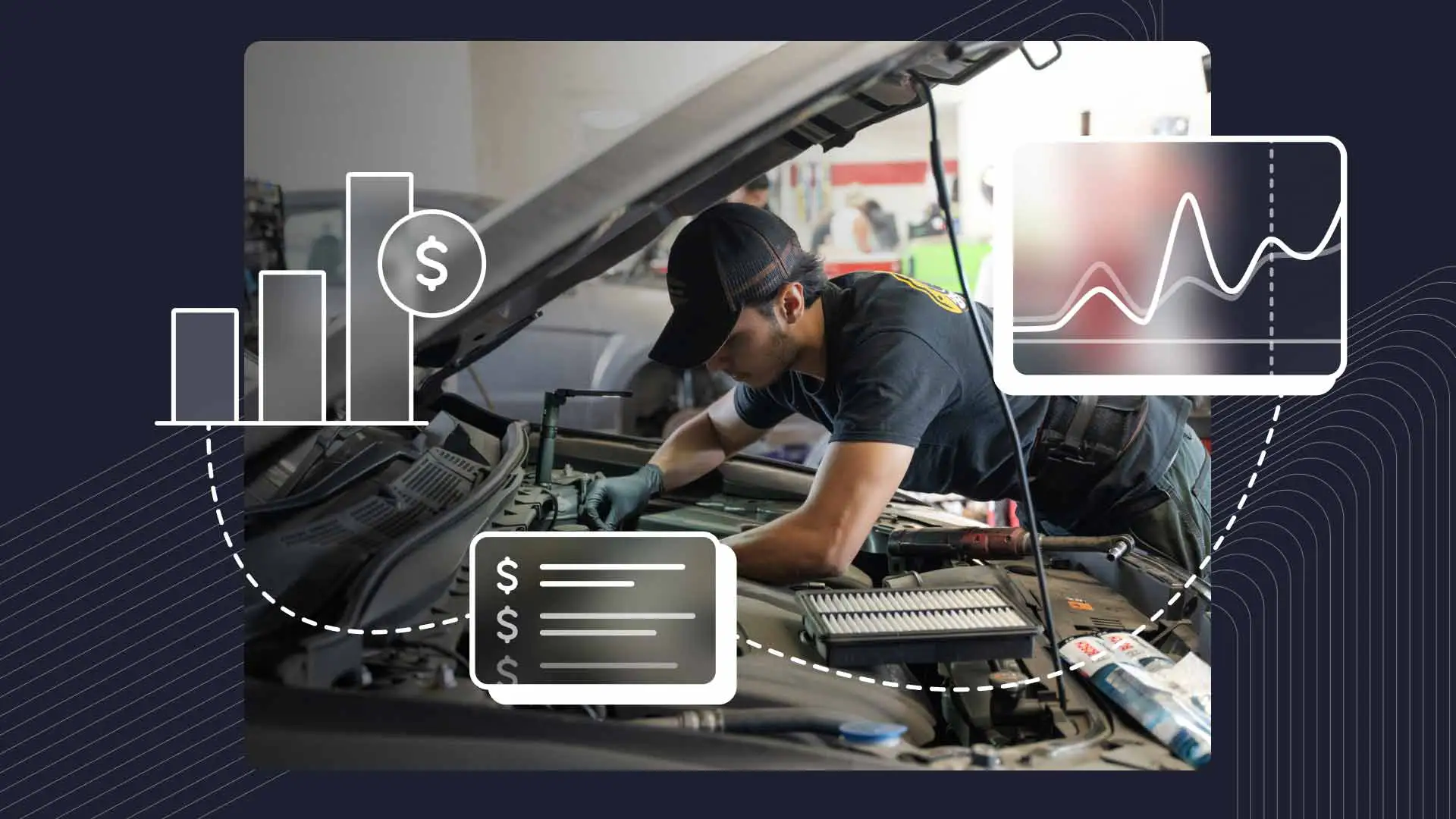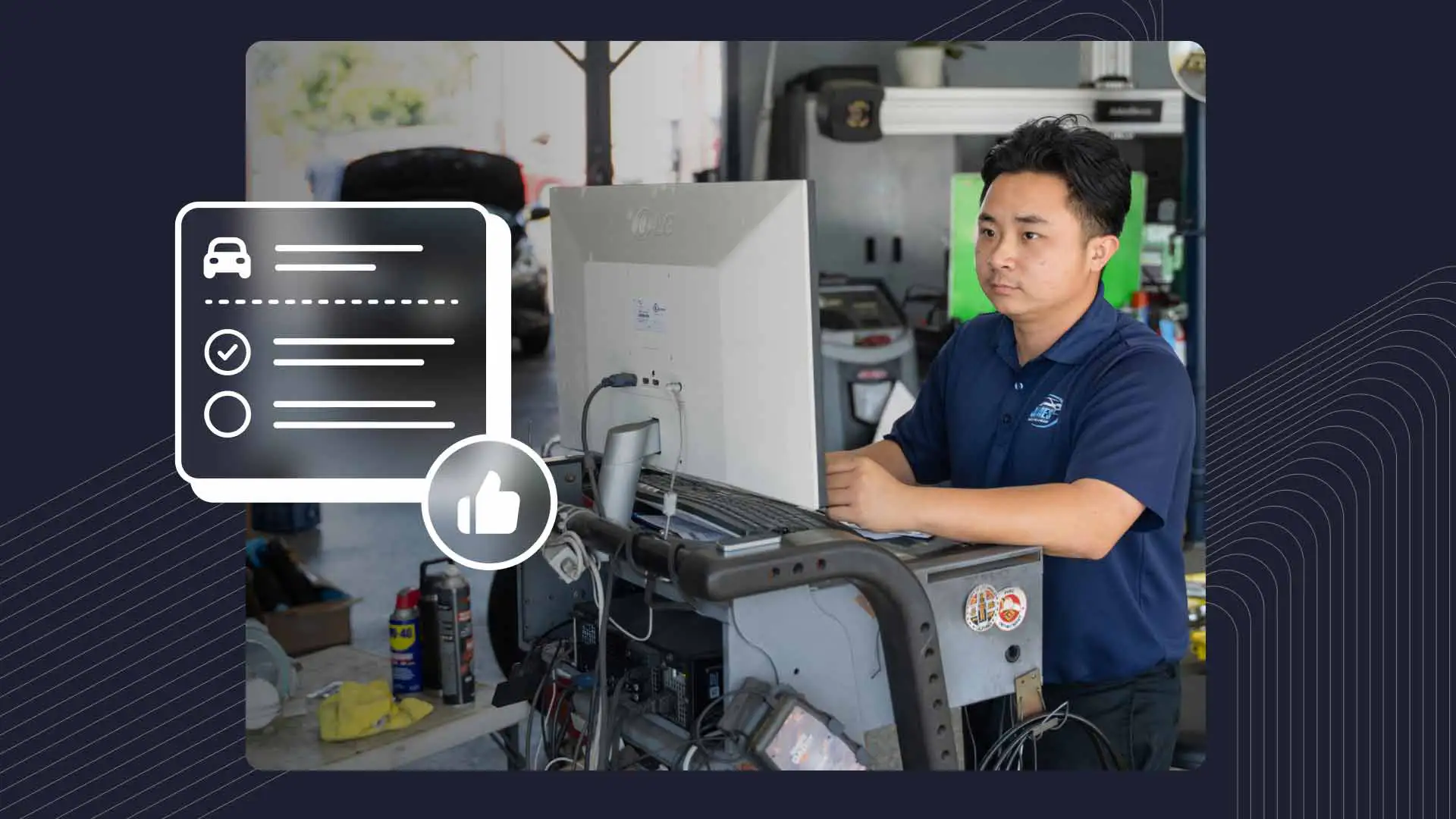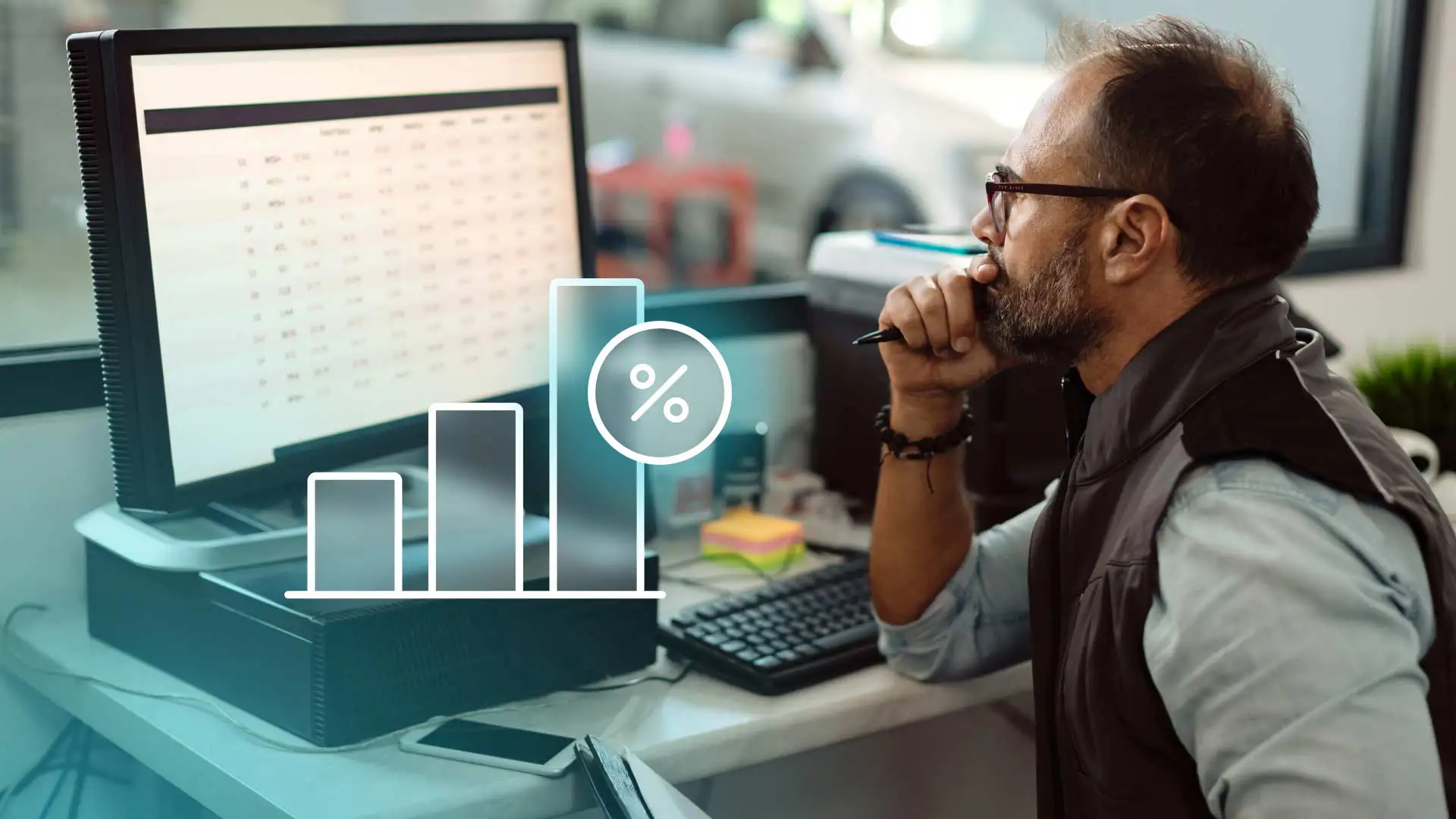Most people don’t think about emissions testing more than once or twice a year. But for auto shop owners with transmission fluid in our veins, the opportunity to add a lucrative new revenue stream cannot be ignored. In addition to padding your bottom line, offering emissions testing can help expand your customer base while establishing your repair shop as the trusted, go-to mechanic in your community, the one working to combat air pollution and helping us all breathe a little easier.
But emissions control isn’t just a feel good for the climate conscious (and our lungs); in many states, it’s also the law. And this is where things get a little…hazy. Because while demand for testing centers remains as strong as ever, there are some challenges you’ll have to navigate before taking the plunge. These run the gamut from your standard training and equipment costs to those very nonuniform licensing requirements that vary widely from state to state–fun! So, let’s go over some rules of the road and see if we can’t determine whether adding emissions testing to your shop’s repertoire is a recipe for success.
Emissions Testing: Not a One-Size-Fits-All Service
In case you’re unfamiliar, emissions tests measure a vehicle’s exhaust gasses to make sure they don’t exceed the state standards. These tests, which are administered by state-licensed facilities, typically check for levels of carbon monoxide, nitrogen oxides, and hydrocarbons.
While emissions testing is the law of the land in many (29) states, it's not a nationwide requirement. Some states test vehicles annually, or every two years, while others only need it when there’s a transfer of ownership or during registration. To make matters more complicated, a number of states only mandate emissions testing in certain counties or regions. Ohio, for example, requires it for just a handful of counties in the Cleveland and Akron area.
As if that wasn’t enough, some states offer exemptions for cars and trucks that fall into certain categories. In California, for instance, diesel-powered vehicles that were built before 1997, or those that weigh more than 14,000 lbs., are spared from testing; the same goes for pre-1976 model year gas vehicles, and all motorcycles and EVs statewide. All of which is to say that it’s important to understand your state’s regulations–and whether emissions inspection is even required there–before investing in specialized equipment or training.
Charting Your Course: A Guide For Every Shop
Wrapping your head around the regulatory red tape of vehicle emissions testing may sound like a tall task, but with the right direction you can map out a potential pathway to profits. Here are the steps you’ll need to get started:
Wrapping your head around the regulatory red tape of vehicle emissions testing may sound like a tall task, but with the right direction you can map out a potential pathway to profits.
Step 1: Identify Your State's Requirements
The Environmental Protection Agency's (EPA) Emission Standards Reference Guide is your shining light for making sense of state-by-state emissions regulations. This free online resource breaks down each state's emissions testing program, including testing requirements, exemptions, and sometimes even the licensing procedures. Digging into this guide to better understand your state’s unique requirements will be time well spent.
Step 2: Contact Your State's DMV Directly
There’s no getting around it: Your state's Department of Motor Vehicles (DMV) is the ultimate authority for licensing and application procedures. Start by visiting their website or calling them directly for the most up-to-date information on how your shop can become a certified emissions testing center.
Step 3: Explore Licensing Resources
If your state requires licensing, your DMV website should provide a number of helpful resources. Most, if not all, will have links to the specific licensing application page, as well as downloadable guides or online tutorials/webinars to help you sift through the licensing process, which may require some patience and a few deep breaths (but don’t worry, you’ll get through it).
Considerations for Your Shop
Once you’ve confirmed that emissions testing is, in fact, a thing (i.e., required) in your area, it’s time to look at what you’ll need to get your shop ready for go time. Here are a few important areas to consider:
Technician Training
Your techs will have to be trained on state-specific emissions testing equipment and procedures. A quick Google search should direct you to training programs in your area. You could also look into whether your state, or even testing equipment manufacturers, can offer programs to certify your team.
Equipment Needs
Again, the exact testing equipment you'll need is determined by your state's regulations. Don't hesitate to contact equipment manufacturers or distributors for some direction on which tools are required for the job. And a heads up: Some states may offer financial assistance programs to help offset the cost of equipment; definitely worth looking into.
Space Considerations
You'll also need to think about space. While emissions testing equipment shouldn’t require a full-on shop overhaul, it’s still important to plan ahead. Figure out how and where everything will fit to make sure there’s no disruption to your current workflow.
An Ounce of Prevention…
Even if your state doesn't require emissions testing, you may want to consider offering customers a basic emissions check as a value-added service during oil changes, tire rotations, or filter replacements. It’s a logical add-on for routine maintenance and can help identify potential problems early on, which customers should appreciate.
Your Shop: Emission Control Center?
So, can emissions testing represent a new profit center for your auto repair shop? It could…just be prepared for some up-front research to figure out:
a) if emissions testing is mandated in your area, and
b) whether the juice is worth the squeeze in terms of the equipment, training, and licensing you’ll need to get going. As we mentioned, the EPA's Reference Guide and your state's DMV websites are great places to start. And don’t be afraid to call on equipment manufacturers or retailers for some additional guidance.
Speaking of profits, if you’re ready to discover how all-in-one auto repair software can help streamline your shop’s operations and drive revenue into the stratosphere, request a free demo of Shopmonkey’s best-in-class cloud-based management solution today!




